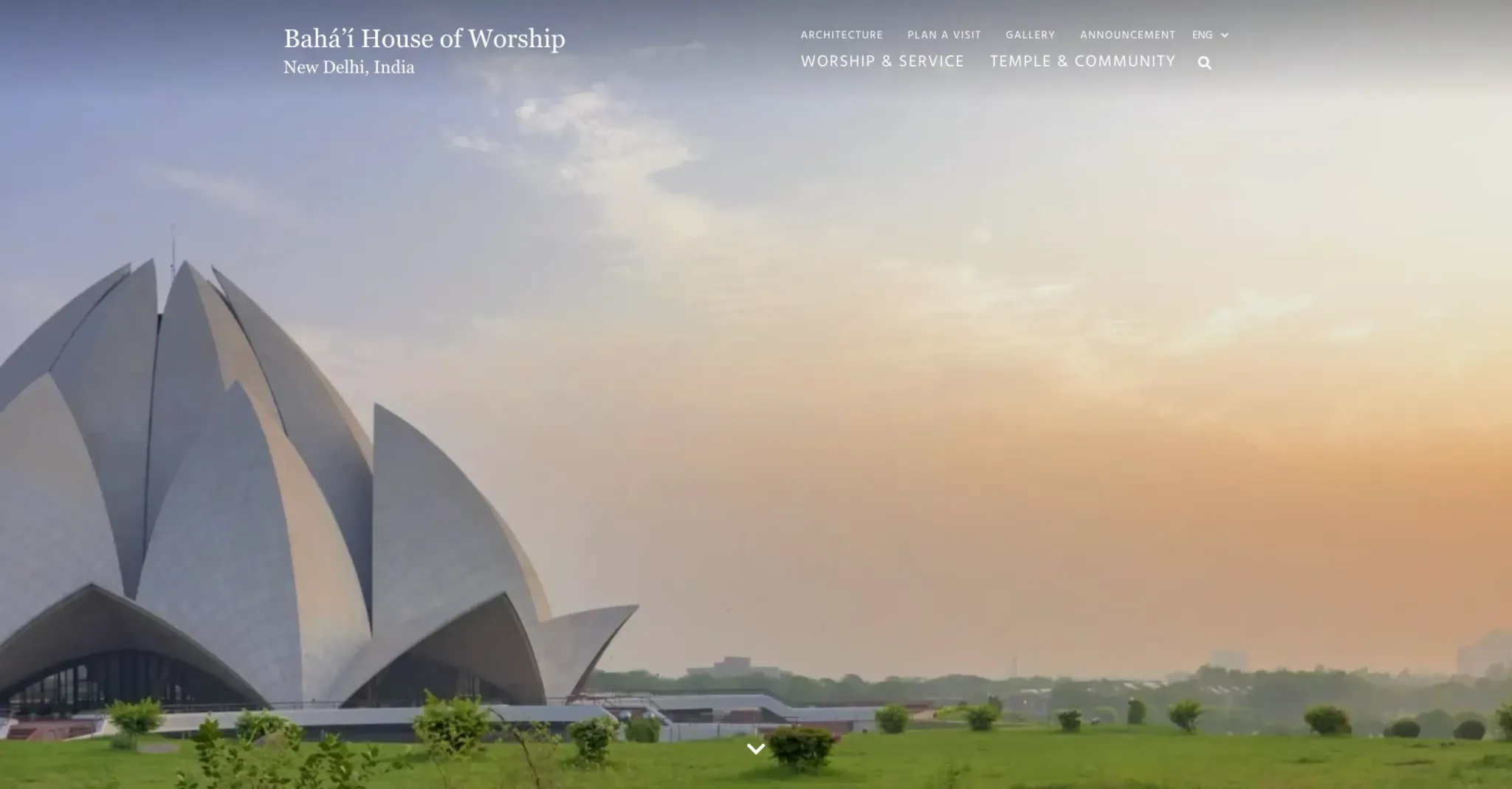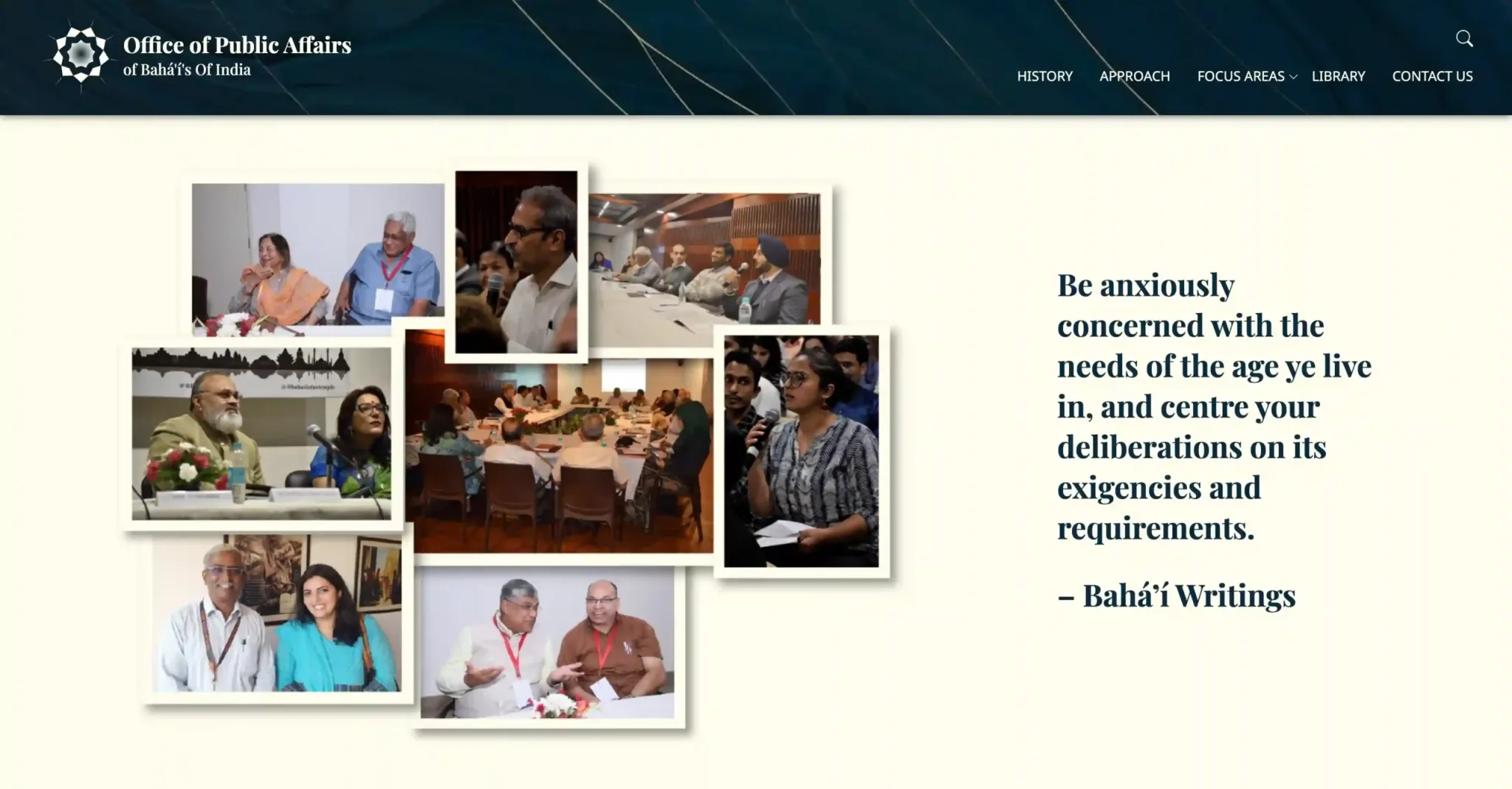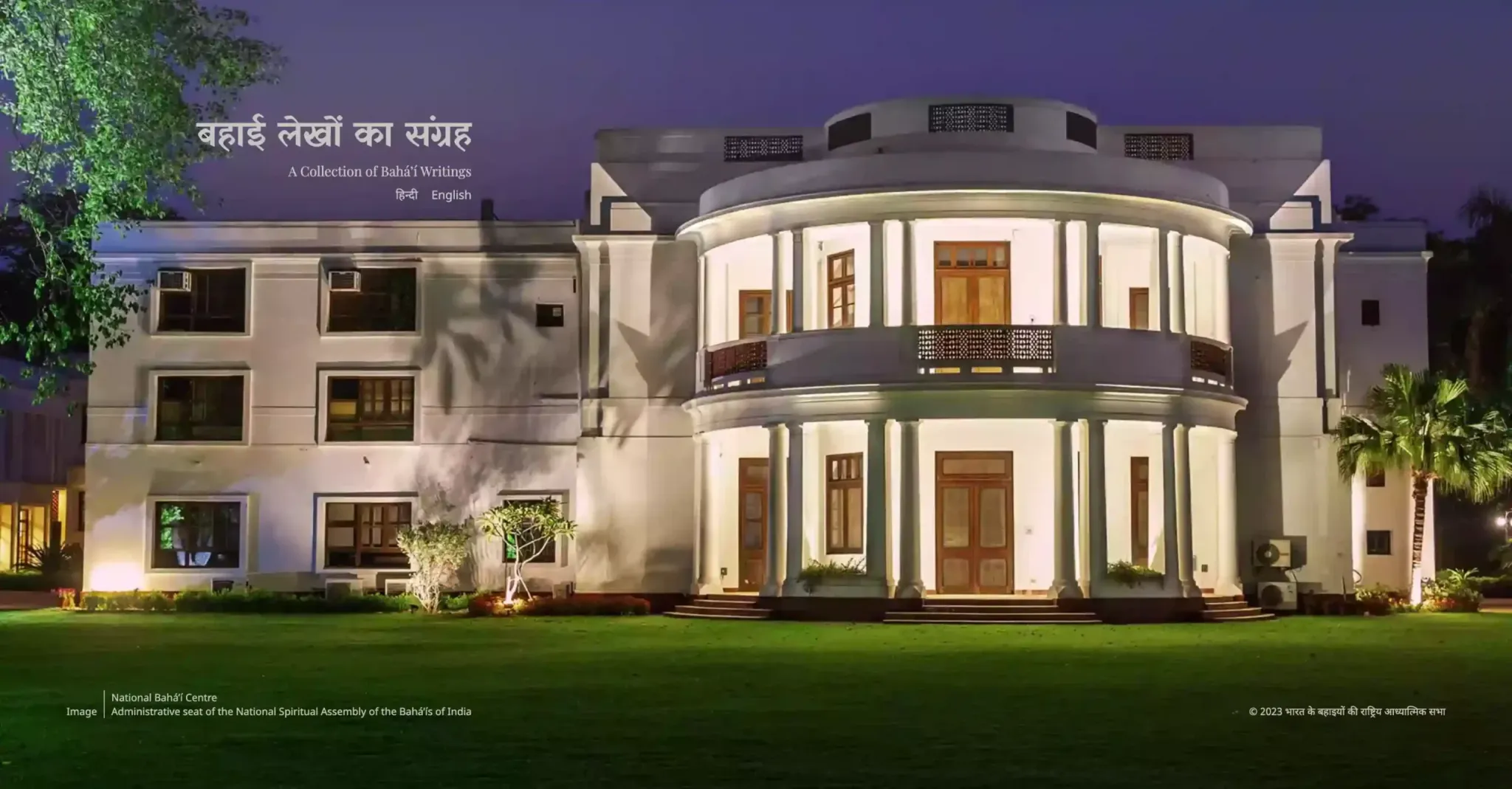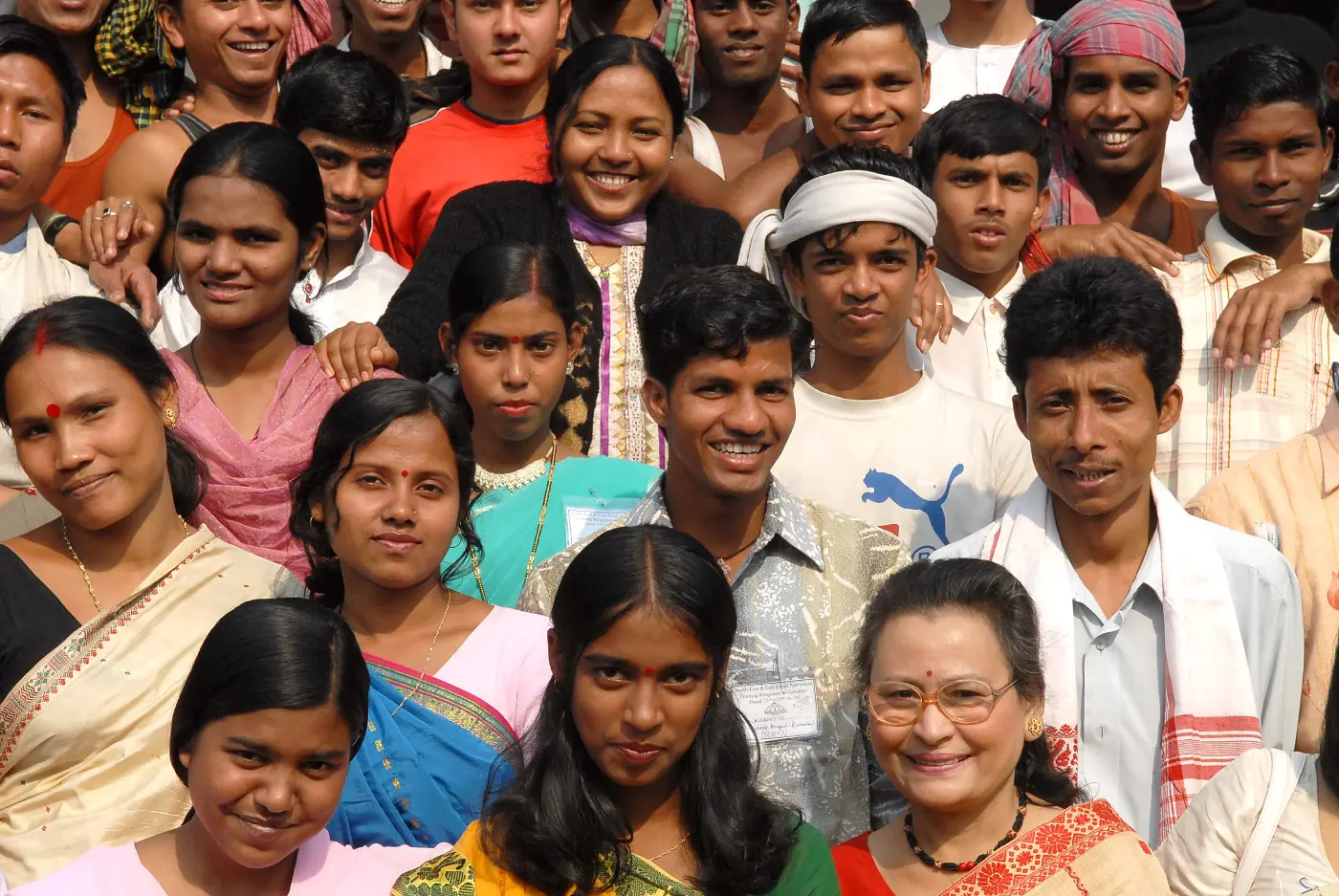The Indian sub-continent has been intimately connected with Bahá’í history right from the Faith’s inception. Sa’id-i-Hindi from the subcontinent was one of the first persons to become a follower of The Báb (the Forerunner of Bahá’u’lláh). There were many others like him from India who recognized the divine station of the Báb during His short lifetime. During the ministry of the Báb, the light of His teachings reached villages and towns of India such as Bombay (now Mumbai), Hyderabad, Jaunapur, Rampur and Palampur.
The teachings of Bahá’u’lláh were first brought to India in 1872 by Jamal Effendi, a Persian nobleman, who travelled throughout the subcontinent. His visits took him from Rampur and Lucknow in the North, to Calcutta and Rangoon in the East to Baroda and Mumbai in the West and finally to Chennai and Colombo in the South. He introduced Bahá’u’lláh’s teachings of unity and fellowship to all he met, from Nawabs, Princes and Colonial Administrators to the common folk. Contrary to prevailing social norms, he mingled with people of all communities and backgrounds – cutting across social strata, caste and religious belief.
By the turn of the century, there were small Bahá’í communities in Bombay, Delhi, Pune and Hyderabad. The Bahá’ís of the subcontinent had their first elected national body for administering the affairs of the steadily growing Bahá’í communities in 1923.
In the early decades of the twentieth century as the Bahá’í community of India grew in size and strength, the teachings of Bahá’u’lláh gradually started to come to the attention of the leaders and thinkers of the time. Mahatma Gandhi after his interactions with a number of Bahá’ís, proclaimed: “The Bahá’í Faith is a solace to humankind”. Similarly, Rabindranath Tagore who met many eminent Bahá’ís referred to Bahá’u’lláh as “the latest Prophet to come out of Asia”, whose “message is of great importance for the progress of civilization”.
In the 1960’s and 70’s, the message of Bahá’u’lláh began to be shared with the masses in India, especially the rural peoples. The recognition of the value of the teachings of the Faith was often spontaneous in the hearts of people who encountered it, and hundreds of thousands of Indians saw in the teachings a fulfillment of their own long-held aspirations of vasudaiva kutumbakam. They found new inspiration for applying these ideals in a way that harmonizes with the exigencies of modern-day society.
Thousands began to strive to apply these to address the challenges that their societies faced. Hundreds of democratically-elected local Bahá’í administrative bodies were elected by communities across India and they began to serve the needs of their localities. The moral education of children took on a new urgency and a number of educational endeavors emerged in villages across India. By the 1980s, hundreds of rural tutorial schools, as well as many larger academic schools inspired by the Bahá’í teachings, had come into existence, as well as projects in the areas of agriculture, vocational and teacher training, literacy, environmental stewardship, women’s empowerment, and health.
The construction of the Bahá’í House of Worship in New Delhi provided what was probably the most widely recognized symbol of the kind of transformation Bahá’u’lláh has envisioned for the human heart and society. The lotus-shaped design reflects the conviction that a new and better world can flower out of even the most dire conditions. It also serves as a symbol of unity. Since its inauguration in 1985, an average of ten thousand people a day from all religious, racial or national backgrounds come together under its dome in silent worship to a common Creator.
As the Bahá’í community in India grew in size and capacity, it started to play an increasingly prominent role in the life of society. In increasing number of national spaces, the Bahá’í contributions to shape and advance thinking on areas such as communal harmony, gender equality, education, equality of women and men, governance and development became highly valued.
Today, the Bahá’ís of India are spread throughout the country from all cultural, linguistic, and ethnic backgrounds. They are dedicated to serve their nation by joining with their compatriots in building communities that embody unity and justice, that are free of all forms of prejudices, where women and men serve society together shoulder to shoulder as equals, where children and youth receive the best of both spiritual and scientific education, and where the community’s devotional life protects it from harmful social forces.



